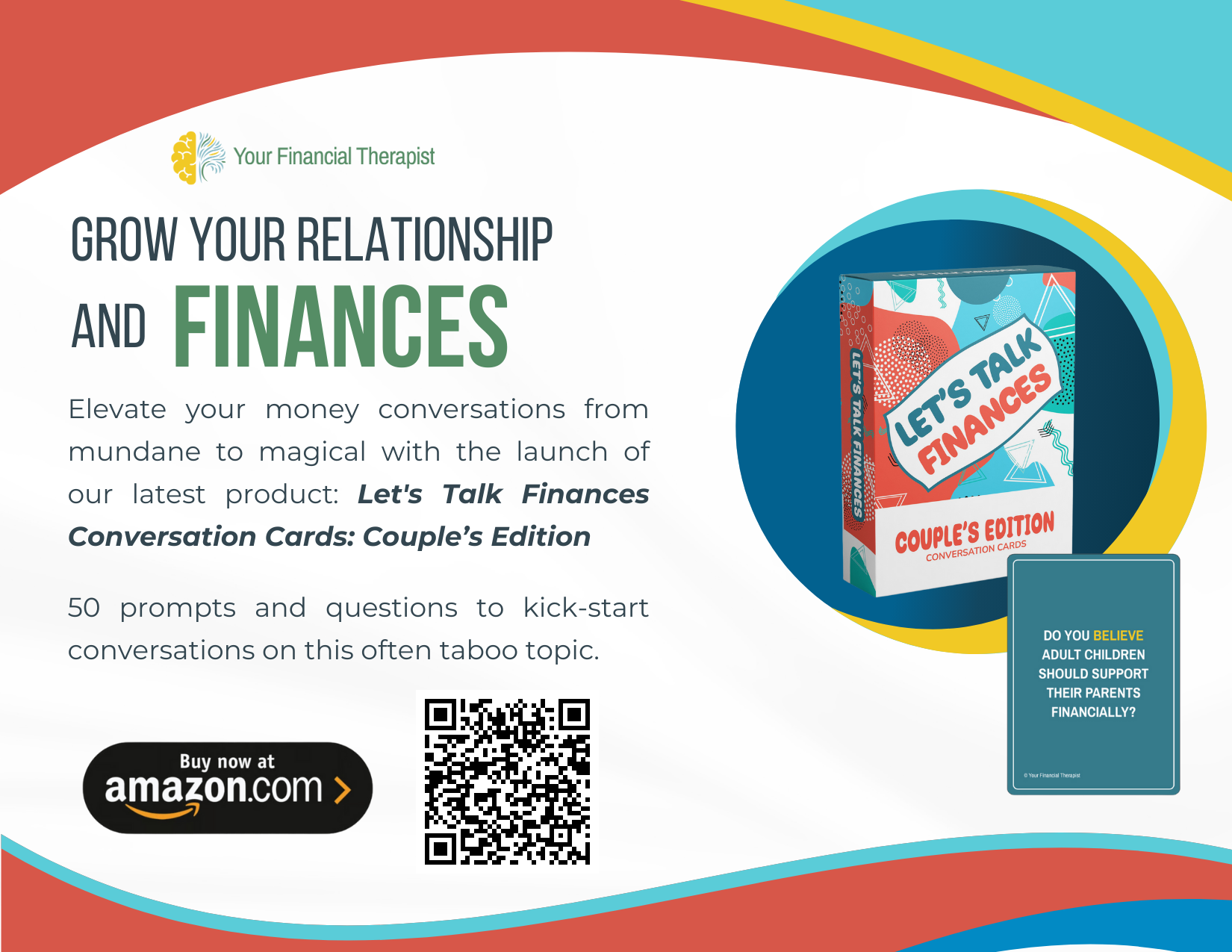Build Scalable AI Chatbots with LangGraph & Claude AI
How to Make a Chatbot for Your Business
The increase in investments by big companies such as IBM, Facebook, and Google have released a number of free advanced development tools and frameworks and large amounts of research. A chatbot framework is a set of predefined functions and classes that are used by developers and coders to build bots from scratch using programming languages such as Python, PHP, Java, or Ruby. By using these features, you can build a chatbot that is both powerful and user-friendly, meeting the demands of modern AI applications. These enhancements allow you to adapt your chatbot to meet changing user needs and project goals, making sure it remains relevant and effective over time. Now, development of a high functioning chatbot that utilizes AI, NLP, speech recognition and other technologies can be done at a relatively low cost.
- Mobile messengers such as Facebook, WhatsApp, WeChat, and others have become the preferred means of communication between mobile devices.
- The increased usage of chat applications opens the door for more businesses to utilize the ease of developing chatbots to reach more of their audience.
- The integrations of artificial intelligence within chatbots give more dynamic and robust self-serving channels for better customer engagement.
Chatbots for Businesses a Growing Market
Open source software is intended to be freely shared and possibly improved upon and redistributed to anyone else without restriction. There is an abundant amount of options businesses can utilize to build a chatbot specific to its company. The integrations of artificial intelligence within chatbots give more dynamic and robust self-serving channels for better customer engagement. The developments in AI will eventually push chatbots to become the solution for standardized communication channels and the single voice to solve consumer’s needs. These components form the foundation of your chatbot’s intelligence, making sure it can handle complex conversational flows with ease.
Customizing API Routes and Endpoints
Chatfuel and Facebook Messenger Platform are a couple of platforms that were developed to make building a bot easier for users by linking to external sources through plugins. It provides a base to deploy and run the chatbot, whereas a chatbot framework helps develop and bind together various components to the application. Chatbot platforms (a term often used interchangeably yet incorrectly with frameworks) are online ecosystems where chatbots can be deployed and interact with users or other platforms. The frameworks are where chatbots behavior is defined with a set of tools that help developers write code more quickly and efficiently.
Samsung Z Fold 7 vs. S25 Ultra: The ULTIMATE Real-Life Battery & Camera Test!
An intuitive and visually appealing user interface (UI) is crucial for delivering a seamless chatbot experience. Using FastHTML, you can design a responsive and interactive UI that aligns with your project’s branding. Begin by creating a basic chat interface that includes input forms for user messages and a display area for chatbot responses.
Implementing Essential Chatbot Features
Chatbots are still an emerging technology, but they have shown that as the more tech-savvy generations grow, so does the usage and opportunities for chatbots. Chatbots can be built through hard coding by developers, but machine learning typically requires a large amount of streaming data so that the system learns on its own.
Testing and Deploying Your Chatbot
Chatfuel started in 2015 with the intention to make it easy to build chatbots for Facebook Messenger. Companies such as Adidas, MTV, British Airways, and Volkswagen use Chatfuel to power their chatbot. Open source projects are programs developed collaboratively by a group of coders and made available for use or modification as users or other developers see fit for free.
- This customization ensures your chatbot not only functions well but also provides a polished and professional user experience.
- Using FastHTML, you can design a responsive and interactive UI that aligns with your project’s branding.
- These features ensure your chatbot delivers a smooth and engaging conversational experience, meeting user expectations for responsiveness and continuity.
Revert to iOS 18 from iOS 26: A Step-by-Step Downgrade Process
Facebook Messenger Platform allows users to build a chatbot via Facebook’s official page, but it requires more functionality that the user will have to set up themselves. Facebook provides a guide for users to setup the Messenger plugin, Messenger codes and links, customer matching, structured templates, and a Welcome Screen. CNN and Poncho are popular chatbots that use Facebook Messenger as their chatbot platform.
Redirecting base routes to this interface ensures users are greeted with a functional chat environment upon accessing your application. For businesses, platforms eliminate the need to hire developers to build a chatbot and allows users to quickly create robust chatbots without any coding. Platforms usually include a toolkit to create a chatbot, deploy it on any available messaging platform, and connect it to APIs.
Facebook Bot Engine, which owns Wit.ai, can extract certain predefined entities such as time and dates. This integration ensures your chatbot operates smoothly, providing users with an intuitive and responsive platform for communication. FastHTML also offers tools for customizing the chatbot’s appearance, allowing you to fine-tune elements such as colors, fonts, and layouts. This customization ensures your chatbot not only functions well but also provides a polished and professional user experience. Building a chatbot can feel like an overwhelming task, especially when you’re juggling multiple tools and trying to ensure everything works seamlessly. If you’ve ever found yourself stuck between configuring APIs, designing a user interface, and implementing advanced AI features, you’re not alone.

